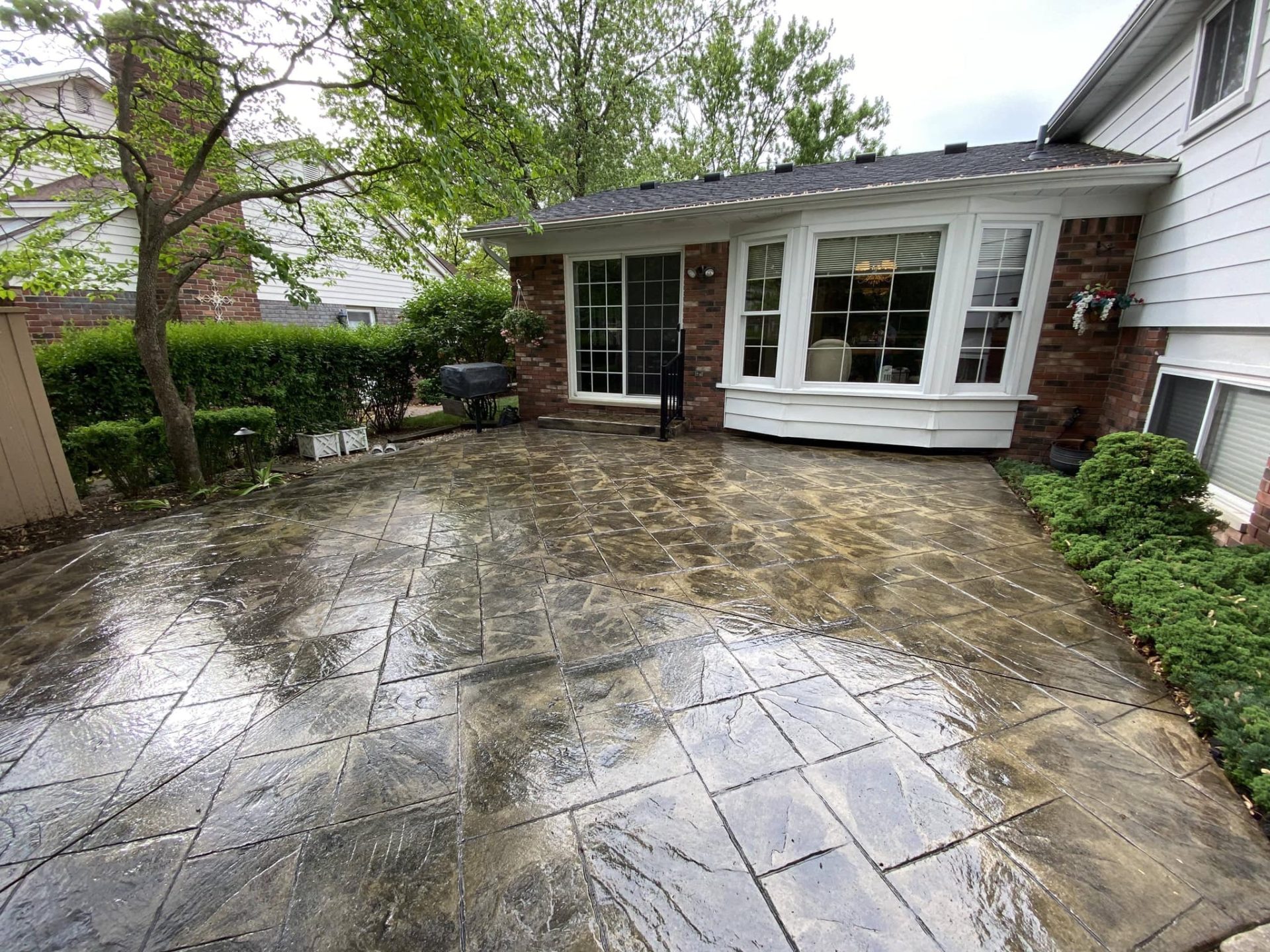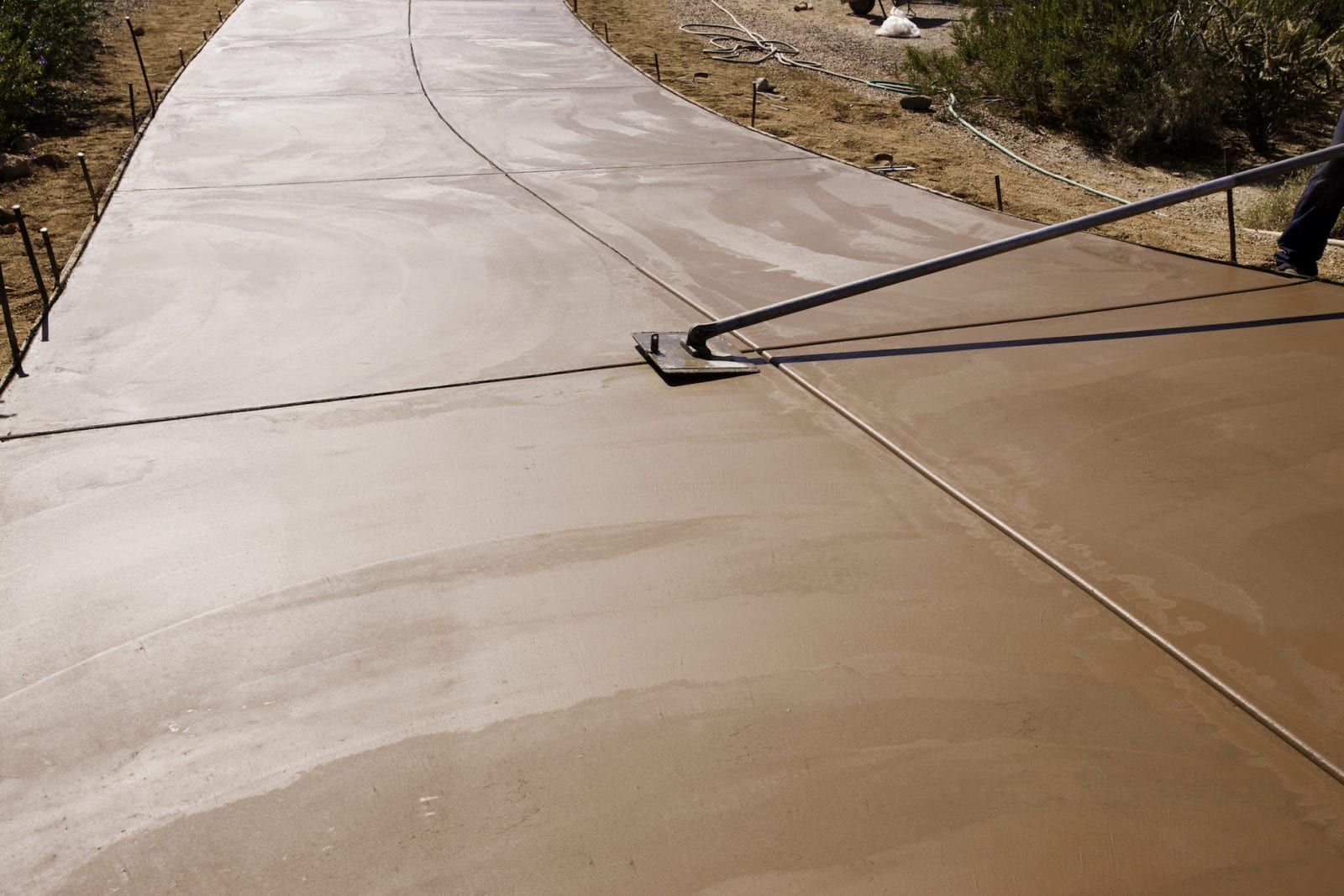Expert Solutions in Concrete Sealing Nashville
Wiki Article
The Ultimate Guide to Concrete Sealing: Improve Durability and Protection
Concrete is a resilient and widely used product, however it is not unsusceptible the elements. Over time, direct exposure to wetness, UV rays, and different contaminants can create concrete to degrade, jeopardizing its structural integrity and appearance. That's where concrete securing can be found in. By applying a top notch sealant, you can dramatically enhance the sturdiness and protection of your concrete surface areas. Exactly how specifically does concrete sealing job? What are the steps entailed? And which kind of sealer should you pick? In this supreme overview, we will explore all these inquiries and more, giving you with sensible suggestions and valuable understandings to help you make notified decisions and make sure the lasting efficiency of your concrete.Relevance of Concrete Sealing
Concrete sealing is a crucial step in ensuring the durability and defense of concrete frameworks. By using a high-quality sealer, the concrete's pores are loaded, developing a protective obstacle that prevents the infiltration of damaging substances.One of the main benefits of concrete sealing is the prevention of wetness breach. Sealing the concrete prevents water from going into the surface, reducing the threat of damages and prolonging its life-span.

Steps to Prepare Your Concrete Surface
To make certain optimum results when sealing concrete, correct prep work of the surface area is essential. Before you begin the securing process, it is necessary to completely clean the concrete surface. Eliminate any particles, dirt, or dirt using a fallen leave or a broom blower. For tougher deposits or discolorations, consider using a pressure washer or a chemical cleaner especially created for concrete.After cleaning up the surface area, it is vital to repair any problems or fractures. Fill out the cracks with a concrete crack filler to avoid water penetration and additional wear and tear. For larger fractures or fractures, make use of a patching compound to recover the integrity of the concrete.
As soon as the surface is clean and fixed, it is recommended to engrave the concrete. Etching produces a rougher structure, allowing the sealer to penetrate much better and stick properly. You can utilize an etching service or a mechanical etching device to attain the preferred appearance.
After etching, it is essential to thoroughly wash the surface area and allow it to completely dry completely. Wetness can influence the sealer's performance and bond, so ensuring the concrete is dry is crucial.
Different Kinds of Concrete Sealers
There are numerous types of sealers offered for boosting the sturdiness and defense of concrete surfaces. These sealers can be extensively identified into two classifications: passing through sealers and topical sealers.Penetrating sealants, also understood as fertilizing sealants, job by passing through the concrete surface area and chemically reacting with the minerals to form a protective barrier. They do not change the look of the concrete and provide long-lasting protection against wetness, spots, and freeze-thaw damage. Examples of permeating sealers include silane, siloxane, and lithium-based sealers.
On the various other hand, topical sealants develop a protective layer on the surface of the concrete. They come in different surfaces, such as matte, satin, or high gloss, and can enhance the appearance of the concrete by adding depth and shine.
It is very important to select the ideal sealer based on the certain requirements and needs of the concrete surface area. Aspects such as the level of exposure, desired appearance, and upkeep factors to consider must be thought about. Consulting with an expert or doing complete research study can assist in selecting one of the most ideal sealant for a specific job.
Exactly How to Apply Concrete Sealant
When it involves appropriately extending the lifespan and shielding of your concrete surfaces, using the concrete sealer requires cautious attention and an organized method. The procedure of using a concrete sealer includes several actions that ought to be complied with to make sure optimal results.Firstly, it is necessary to prepare the concrete surface prior to applying the sealant. This includes cleaning the surface area extensively, removing any type of dust, debris, or spots. It is suggested to use a pressure washing machine or a scrub brush to attain a smooth and tidy surface.
Next, it is critical to permit the concrete surface to dry totally prior to applying the sealant. Dampness can disrupt the sealant's effectiveness and might result in poor bond. It is recommended to wait at the very least 1 day after cleansing prior to waging the application.
When the surface area is dry, it is time to apply the concrete sealer. It is necessary to comply with the producer's guidelines concerning the application technique, whether it be making use of a sprayer, brush, or roller . It is important to use the sealant equally and prevent over-application, as this can result in an irregular finish.
After applying the sealer, it is needed to allow it to completely dry and cure according to the maker's instructions. This usually includes awaiting a certain period, usually 24 to 48 hours, prior to subjecting the surface area to foot website traffic or various other activities.
Upkeep Tips for Sealed Concrete Surfaces
Appropriate maintenance is vital for protecting the long life and appearance of secured concrete surface areas. While concrete sealants give a safety Concrete Sealing Nashville TN obstacle against spots, moisture, and other damages, they are not unyielding. Routine maintenance is required to guarantee the sealer remains to perform properly and expand the life-span of the concrete.One crucial upkeep suggestion is to clean the sealed concrete surface area routinely (Concrete Sealing Nashville TN). This can be done by sweeping away dust and particles with a broom or using a light cleaning agent and water service for more persistent spots. Avoid making use of rough cleaners or devices that may harm the sealant
An additional important facet of maintenance is evaluating the sealed concrete surface area for any indications of wear or damages. Search for locations where the sealer might have subsided or where water has actually passed through the surface area. It is essential to resolve them promptly by reapplying the sealer or seeking advice from a professional for repair work. if any kind of issues are found.

Conclusion
In verdict, concrete sealing is vital for enhancing the toughness and protection of concrete surfaces. On the whole, concrete sealing is an useful financial investment that can considerably extend the lifespan of concrete structures.Concrete securing is a critical step in making sure the durability and defense of concrete frameworks.Additionally, concrete sealing assists to boost the architectural integrity of the concrete.Permeating sealants, additionally known as impregnating sealers, job by permeating the concrete surface area and chemically responding with the minerals to create a protective barrier.In final thought, concrete securing is critical for enhancing the resilience and security of concrete surface areas. Generally, concrete securing is a beneficial financial investment that can considerably extend the life expectancy of concrete frameworks.
Report this wiki page